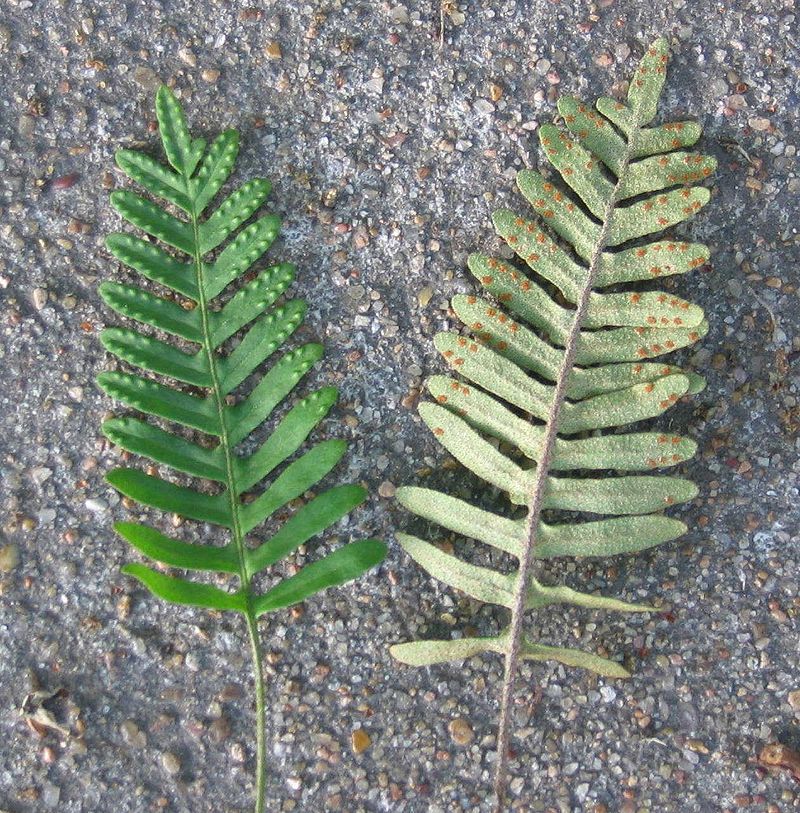Story by Rawson Services Editor / March 24, 2016

When a tree is in decline, the culprit is often assumed to be either disease, insect or nutrition-related. And while many times this is the reason, poor horticultural practices often allow these other problems to occur. It is comparable to Eastern vs. Western medicine. While Western medicine will often treat “symptoms” like a cough or rash, Eastern medicine tries to find the cause of that cough or rash. In other words, Eastern medicine focuses on the stress that compromised your immune system and allowed an infection to take hold.
Trees and other plants react similarly to stress. A tree that has been previously impacted by poor nutrition, compacted soils, drought or other factors is much more susceptible to disease and insects than healthy, well-maintained trees. Of the cultural stresses that impact a tree’s health, deep planting and over-mulching are two of the most common and most injurious.
A study in 2000 by Smiley and Booth found that 93% of professionally planted trees are planted too deep. Other than simply planting too deep, there are other ways that the root collar can be buried. This includes over-mulching (also known as “volcano mulching”) and changing the grade of mature trees (to level a lawn or accommodate construction).
Symptoms of trees planted to deep in the landscape include:
The symptoms of decline can take several years to appear, particularly if the deep planting is a result of backfill or over-mulching a mature, established tree. The earlier the root collar is exposed, the better the chance of tree survival.
Trees that are planted too deep do not show a flare at the soil line. In other words, it grows straight like a telephone pole into the ground. The buried root collar, which is designed to be dry, stays moist and becomes susceptible to insect and disease. The exchange of oxygen and carbon dioxide drops and the root system begins to essentially suffocate. This is the primary problem that leads to the aforementioned symptoms. The symptoms can be treated with fertilizer and pesticides, but unless the root collar is exposed the tree will never thrive.
CORRECTING DEEP PLANTING:
If it is a young, recently planted tree, replant at the proper depth. When transplanting, remove the excess soil and any surface roots growing above the root flare. To prevent the soil from settling later, never dig the hole any deeper than the height of the root ball. Plant trees higher than the surrounding grade (1-2″) to avoid covering the root flares.
For older, established trees, the soil around the root flare should be removed to expose the collar. Excavate the soil as far away from the base of the tree as possible (8-12 feet around the tree) and remove associated surface roots. Girdling or circling roots should be removed at this time to prevent later problems. Care must be taken to prevent injury to the bark or infection may occur. Certified Arborists can properly expose the root flare on mature trees to ensure survival and growth.
CORRECTING OVER-MULCHING:
Remove mulch from around the base of the tree, never allowing mulch to touch the trunk. Maintain a mulch-free barrier 6″ around each tree.
Spread a thin layer of mulch about 1.5-2″ thick each year, allowing the previous mulch to break down before applying more. Never apply more than a couple of inches of mulch or it will cause tree decline. A thick application of mulch has the same effect as planting too deep.
Trees with well-defined root collars. These trees were planted at the correct depth and are healthy and thriving.
Mature tree with buried root flare. The grade was changed to accommodate a new lawn. Dieback of the branches and general decline will occur in the years to come.
“Volcano mulching”: Mulch covering the trunk of the tree. This has the same negative impacts as planting too deep.
Tree care articles by Rawson Services’ partner www.scouthort.com
The best tree service and the nicest people in Charleston.
Great service! Randy and the team called ahead to schedule, showed up right on time and did an amazing job. Thanks Rawson!
Task was to cut down and remove huge six foot diameter live oak that had split to the roots and half the tree had hit the ground. Randy and his crew finished most of the job on the first day and cleaned up the remainder the next day. Unbelievably professional and competent crew with top-notch equipment. I recommend his service without qualification.
The Rawson crew is professional, quick and clean. We had them remove four large diseased oaks that were threatening structures on our property. They arrived on time and got right to work on the intricate project.
I had a variety of tree pruning that needed to be done surrounding my home and next to my driveway. Randy and his crew were prompt, courteous and performed expert work around the property. They cleaned up nicely and the entire service was A+. Serious pros.
You should only use a tree company with current, valid general liability and workers compensation insurance.
Learn MoreRawson's crew is trained, uniformed, focused and courteous at all times. We use state-of-the-art equipment and focus on safety on every job.
Our Services
Locally owned & operated by certified arborist.